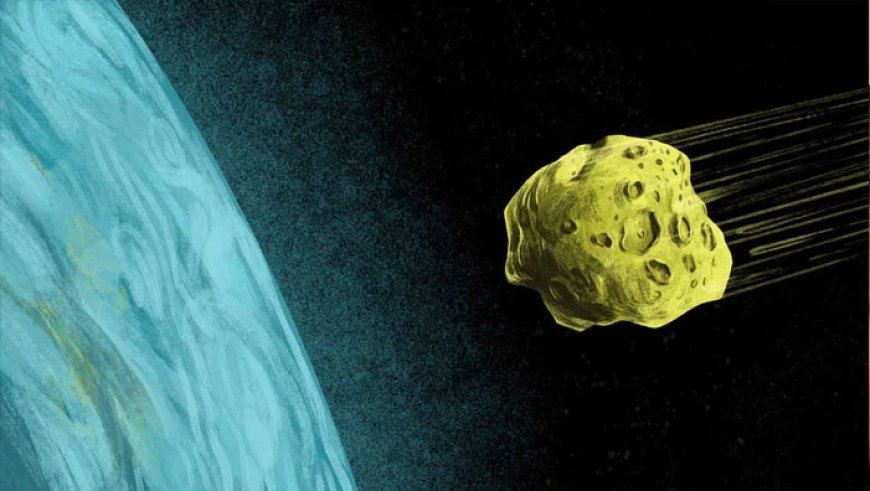'City killer' asteroid now has 3.1% chance of hitting Earth, warns NASA

1. "I'm not panicking," Bruce Betts, chief scientist for nonprofit Planetary Society told AFP
NASA Warns of 3.1% Chance of Asteroid Impact in 2032
NASA has reported that asteroid 2024 YR4 now has a 3.1% chance of striking Earth on December 22, 2032—making it the most significant impact threat ever recorded by modern forecasting, AFP reported.
Despite the concerning probability, experts urge the public not to panic. Bruce Betts, chief scientist at the Planetary Society, explained that while the odds have increased, they are expected to fluctuate and likely drop to zero as more data is collected. The asteroid was first detected on December 27, 2024, by Chile’s El Sauce Observatory.
A "City Killer" on the Radar
Measuring between 130 and 300 feet in diameter, 2024 YR4 has been classified as a “city killer” due to its potential speed of nearly 40,000 miles per hour upon impact. While it wouldn’t trigger a global catastrophe like the asteroid that wiped out the dinosaurs, it could still cause severe devastation.
If it enters Earth’s atmosphere, experts estimate it could generate an airburst equivalent to eight megatons of TNT—far exceeding the Hiroshima bomb. Potential impact zones include the eastern Pacific Ocean, South America, Africa, and South Asia.
Tracking and Mitigation Efforts
The International Asteroid Warning Network (IAWN) first raised concerns in January after noticing an increased probability of impact. NASA’s latest calculations confirm a one-in-32 chance—similar to correctly guessing five coin tosses in a row.
The asteroid is currently on a trajectory toward Jupiter, meaning its next close approach to Earth won’t occur until 2028. Meanwhile, the James Webb Space Telescope will begin observations next month to refine orbital predictions.
Although the risk is significant, experts stress that there is still plenty of time to prepare. If necessary, NASA could deploy spacecraft technology, such as the successful 2022 DART mission, to deflect the asteroid and prevent an impact.


















































